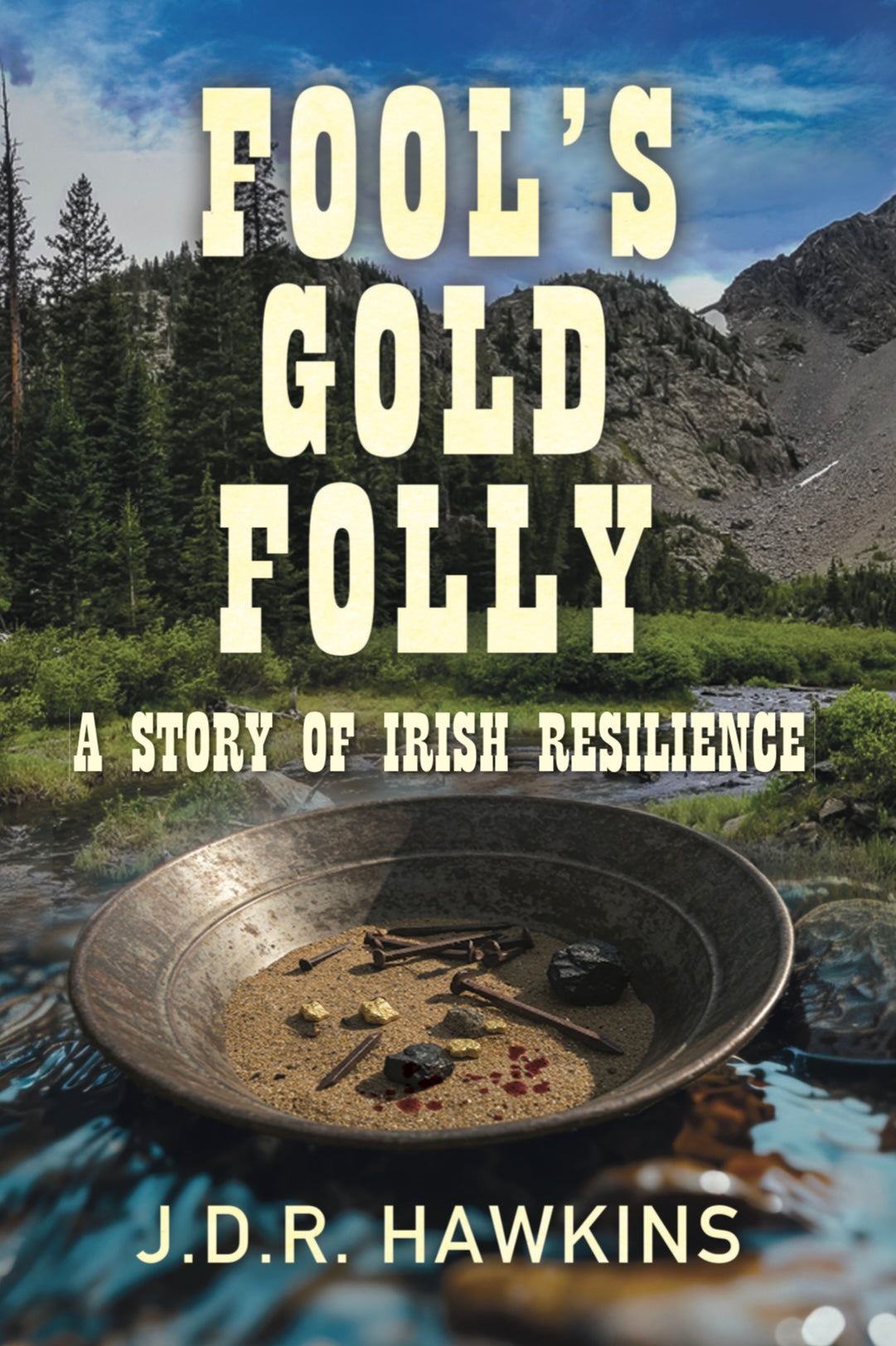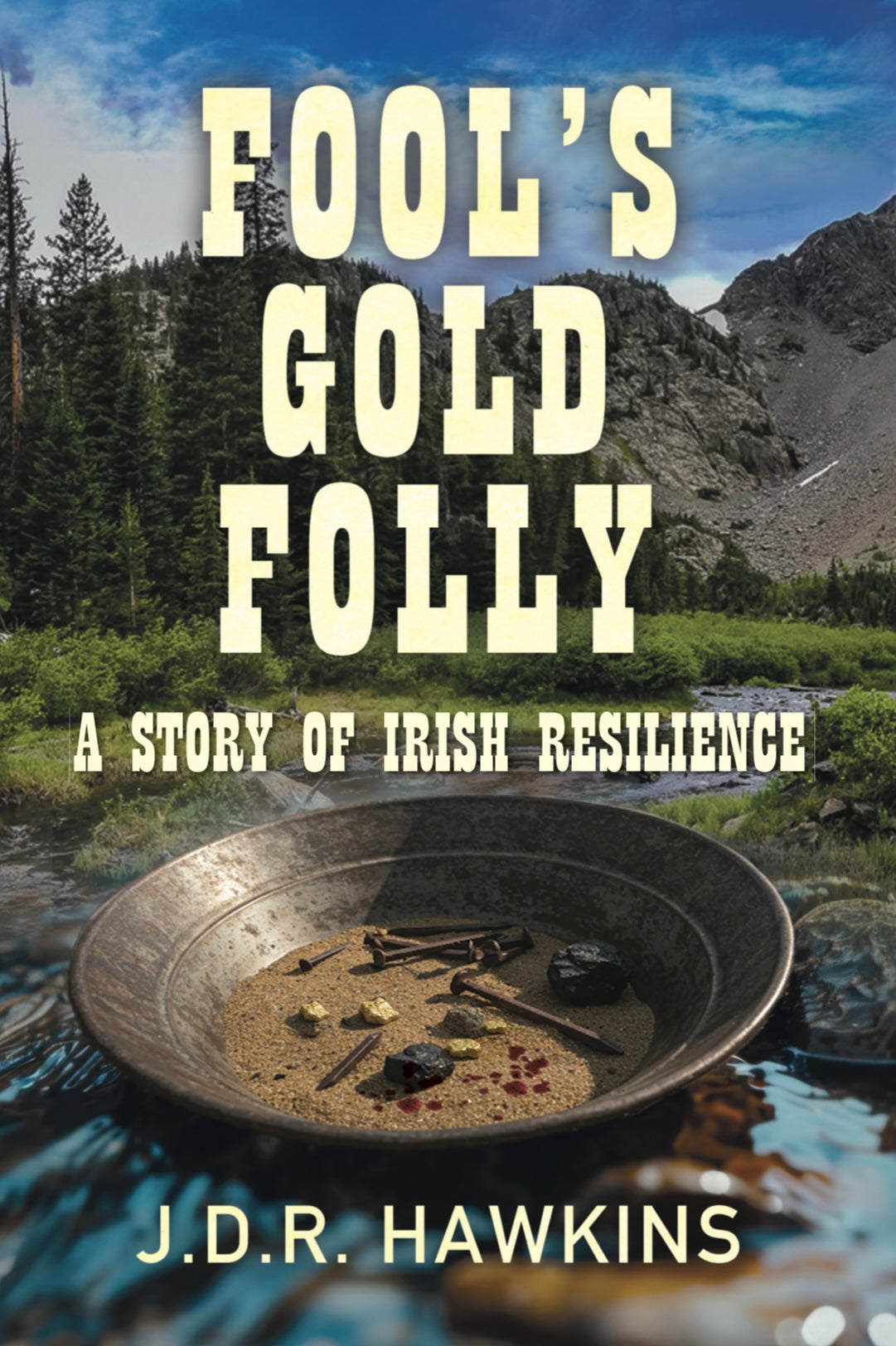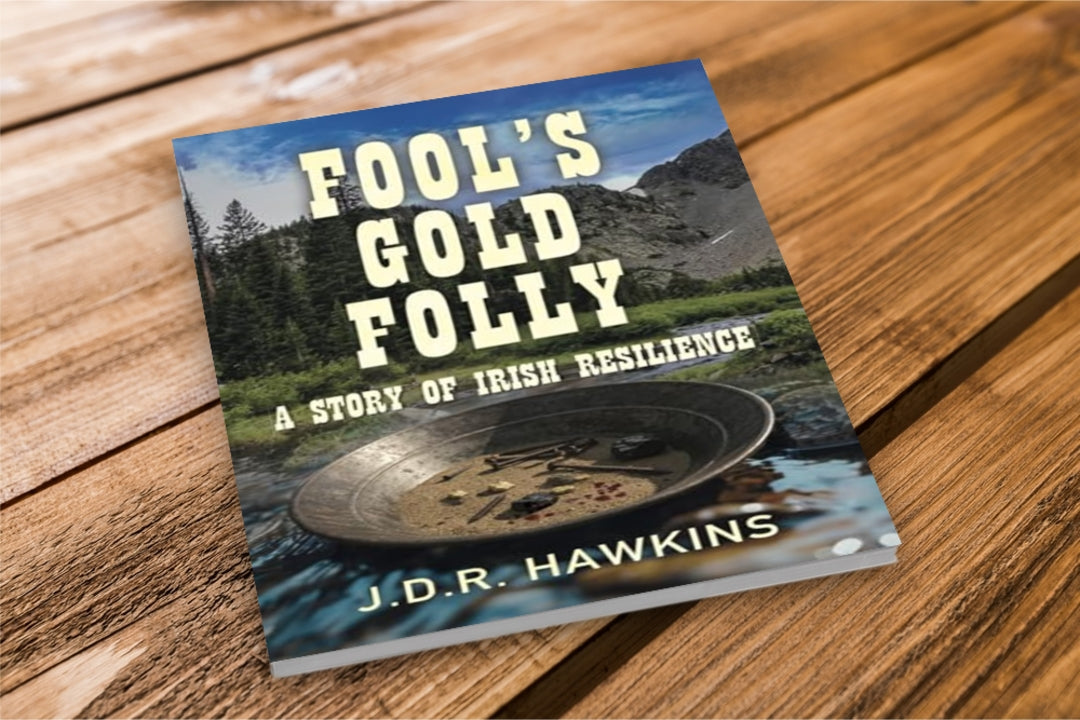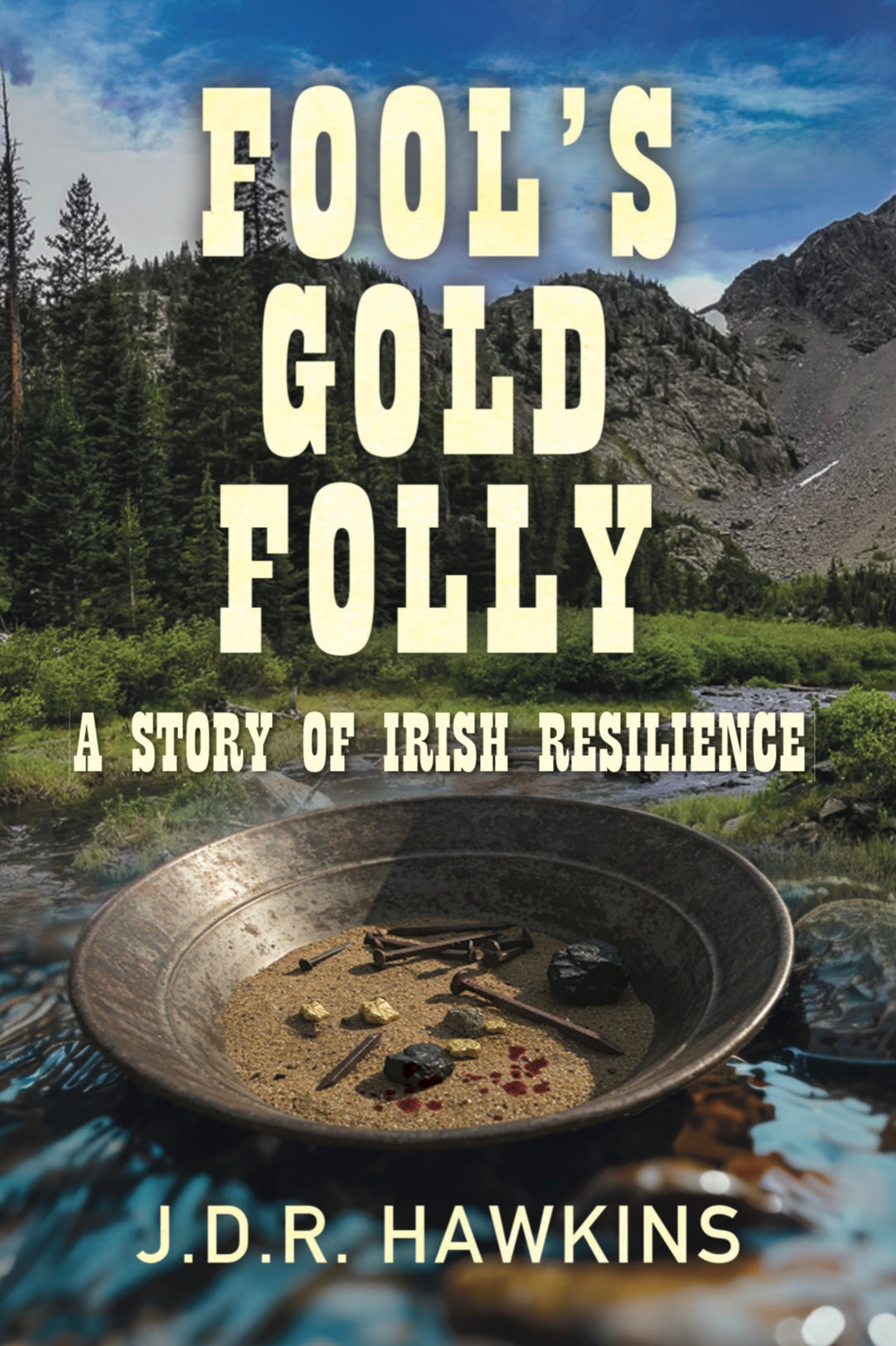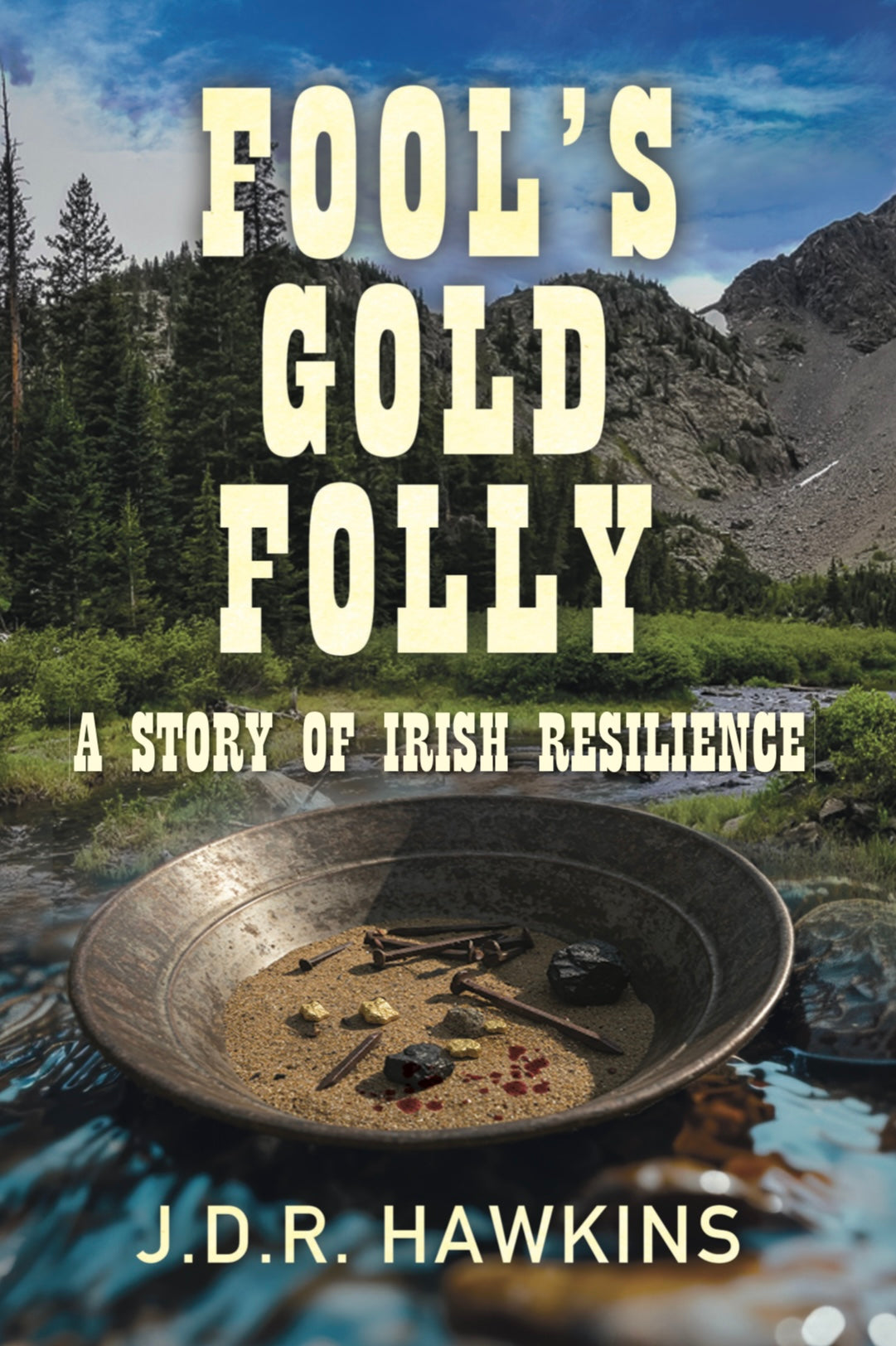Blogs
New Review from Hollywood Book Reviews for Fool...
New Review from Hollywood Book Reviews for Fool’s Gold Folly I recently received another review for my new book, Fool's Gold Folly. The novella is a side story to go along...
Read MoreMore Awesome Reviews for Fool’s Gold Folly
I can't tell you how stoked I am to be receiving such amazing reviews for my new novella, Fool's Gold Folly! This is a side story to go along with...
Read MoreWant to Understand the Civil War? Try These His...
Trying to get your head around the Civil War? You could wade through dusty textbooks—or you could crack open a compelling novel that brings the past to life in a...
Read MoreMore Five-Star Reviews for Fool’s Gold Folly
The reviews keep coming in! My new novel, Fool's Gold Folly, has received more five-star reviews, so I wanted to share them with you. This novella is a side story...
Read MoreFool’s Gold Folly Reaches #1 on Amazon
By jdrhawkins on April 9, 2025 Exciting News! I'm thrilled to announce that my latest book, Fool's Gold Folly: A Story of Irish Resilience, has reached #1 on Amazon's Hot New...
Read MoreFool's Gold Folly Receives Its First Five-Star ...
My brand-new novel, Fool’s Gold Folly, has just received its very first five-star review! This book is a side story that goes along with the Renegade Series, and tells the story of...
Read More
